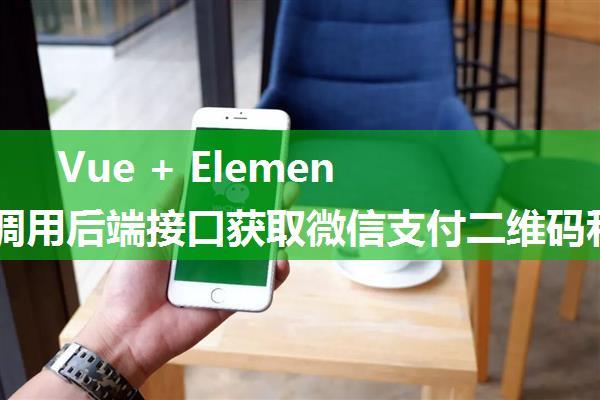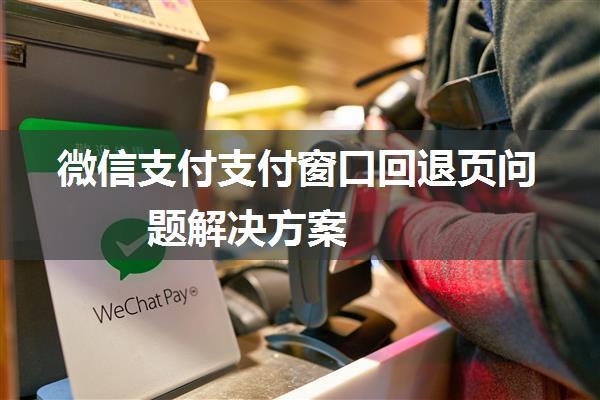
Vue + Element 前端调用后端接口获取微信支付二维码和支付宝支付二维码
在实际开发中,我们经常需要与后端接口进行交互,获取数据或执行某些操作。在本文中,我们将讨论如何使用 Vue 和 Element UI 来实现前端调用后端接口,获取微信支付二维码和支付宝支付二维码。
步骤一:准备工作
首先,我们需要在项目中安装必要的依赖包。我们将使用 Vue CLI 来创建一个新项目,然后安装 Element UI 和 axios(用于 HTTP 请求)。
```bashnpm install vue-cli -gvue create my-projectcd my-projectnpm install element-ui axios```
步骤二:配置 Element UI
接下来,我们需要在 `main.js` 文件中导入 Element UI,并将其注册到 Vue 应用中。
```javascriptimport Vue from 'vue'
import App from './App.vue'
import ElementUI from 'element-ui';
import 'element-ui/lib/theme-chalk/index.css';
Vue.use(ElementUI);
new Vue({
render: h => h(App)
}).$mount('app')
```
步骤三:创建支付弹窗
我们需要创建一个支付弹窗,包含微信支付和支付宝支付的两种方式按钮。我们可以使用 Element UI 的 `Dialog` 组件来实现这一点。
```html
```
步骤四:设置定时器
最后,我们需要在 `mounted` 钩子中设置一个定时器,周期性地查询后端接口,以便更新二维码区域的内容。
```javascriptexport default {
// ...
mounted() {
this.timer = setInterval(() => {
if (this.payMethod === 'wechat') {
this.getWechatQrcode()
} else if (this.payMethod === 'alipay') {
this.getAlipayQrcode()
}
},1000)
},
beforeDestroy() {
clearInterval(this.timer)
},
}
```
通过以上步骤,我们成功实现了 Vue + Element 前端调用后端接口获取微信支付二维码和支付宝支付二维码,并设置定时器去查询更新二维码区域的内容。





